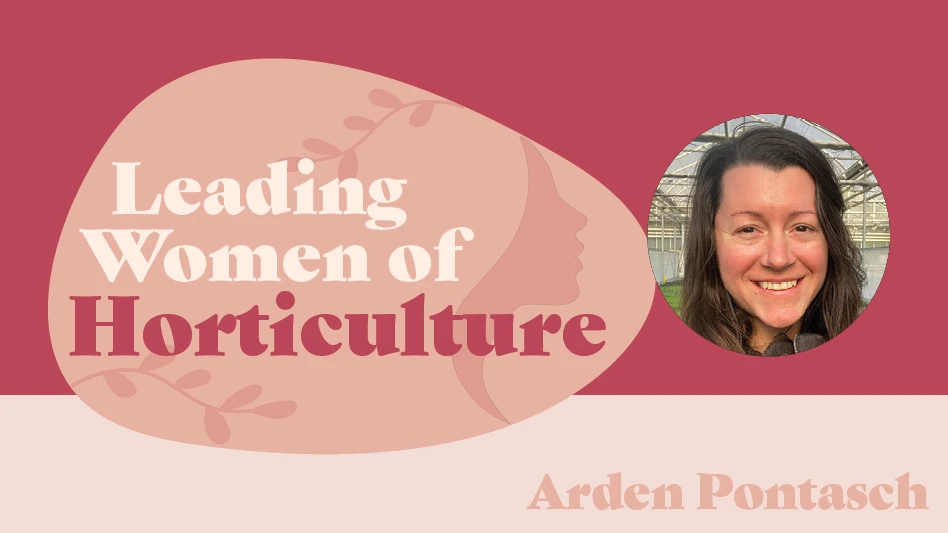
Adobe Stock
Editor's note: This was originally published by Georgia Pecan Nursery. Read the full article at the link below.
Pecans are not just a delicious snack or pie ingredient; they represent a blend of history and modern agriculture, especially in the heart of the southern U.S. and most notably in Georgia. Georgia’s pecan growing practices have evolved over time, aiming at sustainable and quality produce. As we dive into the world of pecans, we will unravel their journey from the tree to our tables.

Pecan Cultivation
The journey starts with selecting the right variety of pecan tree. Georgia is home to several varieties that thrive in its soil and climate. The choice of variety is pivotal for pecan growing, determining the nut’s size, flavor and yield.
Once the variety is selected, planting and care play a significant role in determining the tree’s productivity. Pecans prefer deep, well-draining soil, and the trees need adequate spacing to grow and flourish. Over the years, the annual maintenance of pruning, watering and replenishing soil nutrients ensures the trees bear fruit consistently.
However, like all crops, pecan trees face threats. Common pests and diseases can affect their yield, but modern pecan growing techniques in Georgia ensure that these trees are well protected and nurtured to produce quality nuts.
Click here to read the full article.
Latest from Nursery Management
- Trends: Proven Winners 2025 perennial survey shows strong demand
- Online registration opens for the 2025 Farwest Show
- Sustainabloom launches Wholesale Nickel Program to support floriculture sustainability
- Plant breeding as an art
- Society of American Florists accepting entries for 2025 Marketer of the Year Contest
- American Horticultural Society welcomes five new board members
- Get to know Christopher Brown Jr. of Lancaster Farms
- American Floral Endowment establishes Demaree Family Floriculture Advancement Fund





